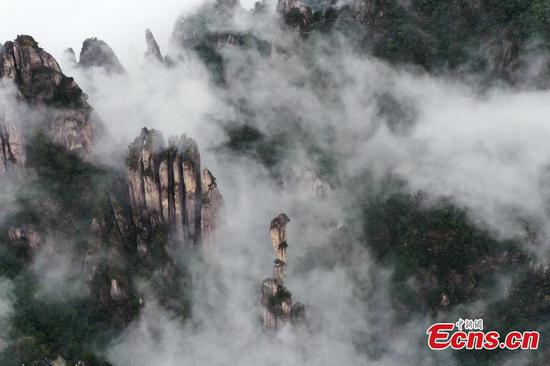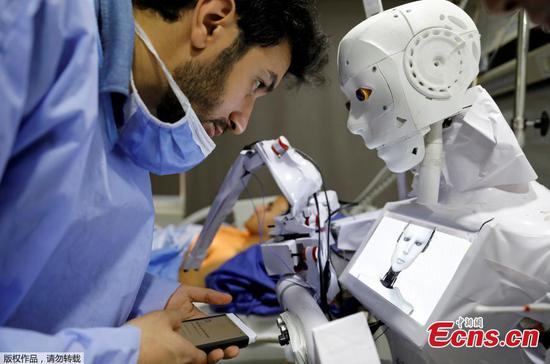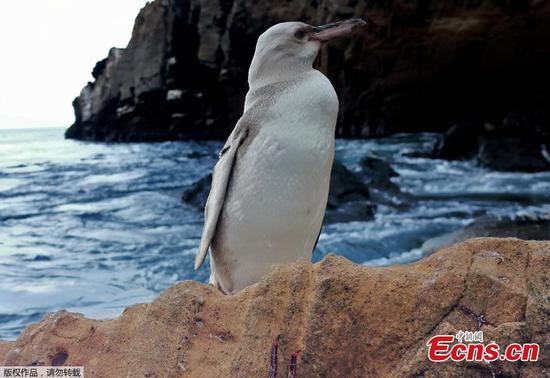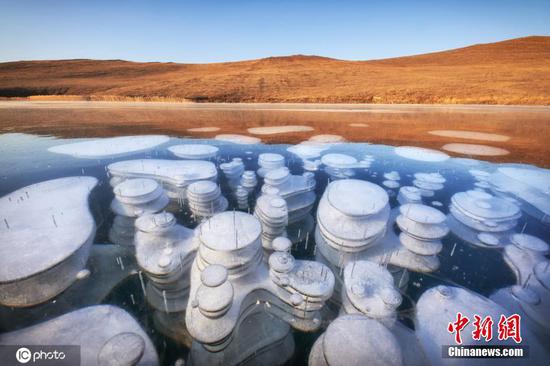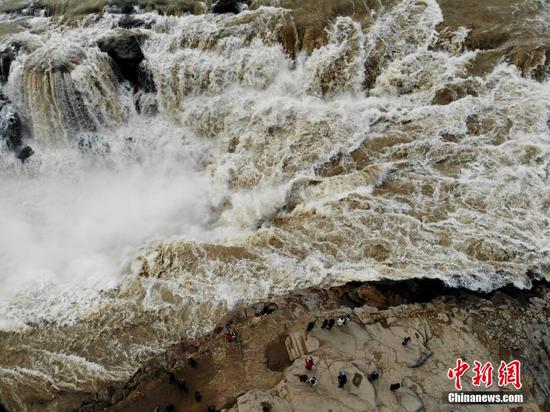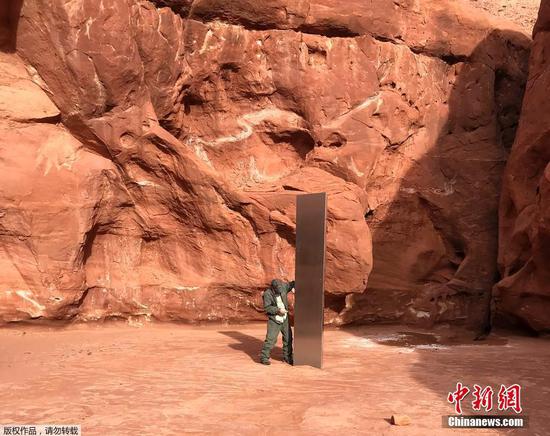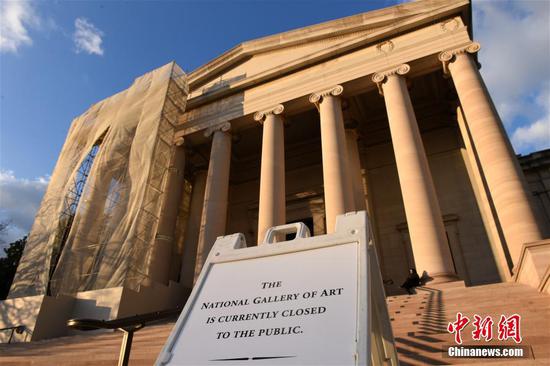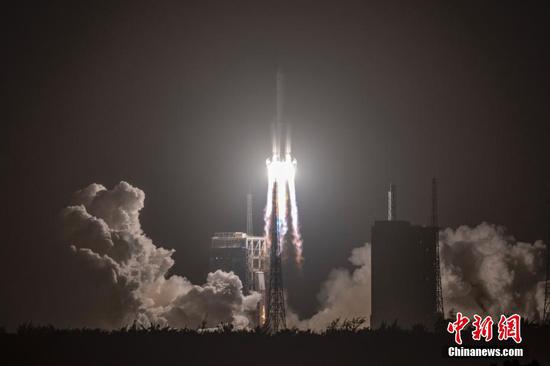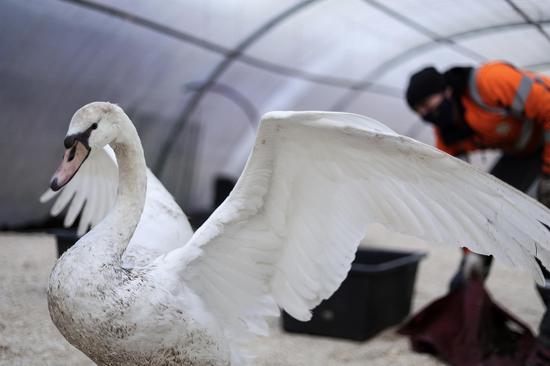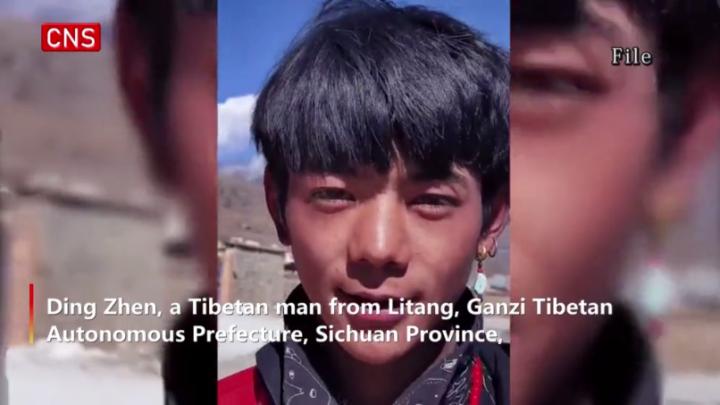China's first full-depth deep-sea manned submersible, Fendouzhe, successfully completed all sea trial tasks and returned to Sanya port, South China's Hainan Province, on Saturday.
Fendouzhe successfully landed on the Mariana Trench, the deepest point of the Earth, reaching a depth of 10,909 meters and setting a new record for Chinese manned deep-diving on November 10, according to CCTV News. Three Fendouzhe divers used the groundbreaking underwater acoustic communication system for the first time to talk to audiences around the world.
The vessel has completed 13 undersea operations, eight of which exceeded 10,000 meters.
The manned submersible Fendouzhe is a major deep-sea scientific and technological vessel that has been specially supported by the National Key Research and Development Program of China since 2016. The Institute of Acoustics, Chinese Academy of Sciences (IACAS) is responsible for its acoustic technology and equipment.
Compared with the two previous manned submersibles, the Jiaolong and Shenhai Yongshi, the acoustic system of Fendouzhe meets higher technical indicators, overcomes full-depth difficulties and is completely domestically made.
The underwater acoustic communication is the only link between Fendouzhe and its mother ship Exploration-I, and is able to transmit text, voice, and images in real time from the 10,000-meter seabed to the mother ship.
With the help of the integrated navigation system and sonar equipment, the divers in the Fendouzhe successfully retrieved three underwater samples on November 16, earlier placed on the 10,000-meter seabed, in just half an hour. An image of the sample was transmitted back to the mother ship through the underwater acoustic communication modem.
Liu Yeyao, one of Fendouzhe's three oceanauts and also a senior engineer at IACAS, told the Global Times that owing to the extensive technical support, he was fairly calm while exploring the bottom of the sea. The scientists who made the dive said they weren't that worried about anything going wrong, but were more excited about capturing the details of the underwater landscape.
"After all, the human eye is the best 'camera.' Information that cannot be captured by the camera lens can be obtained with scientists' eyes," Liu told the Global Times.
"Oceanauts observe things through an observation window. When observing and taking samples, if one feels that some places have value, they can work at these places for longer periods on their own, while improving work efficiency at the same time," Liu added.












